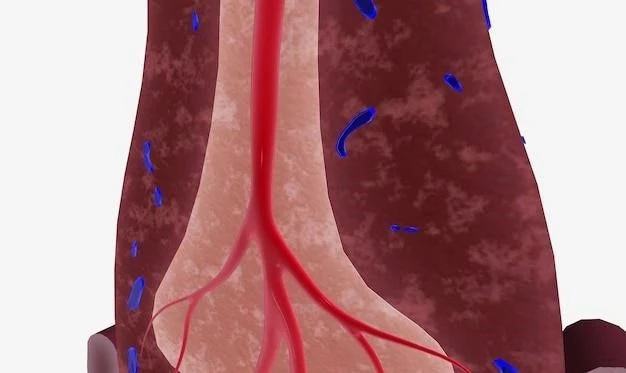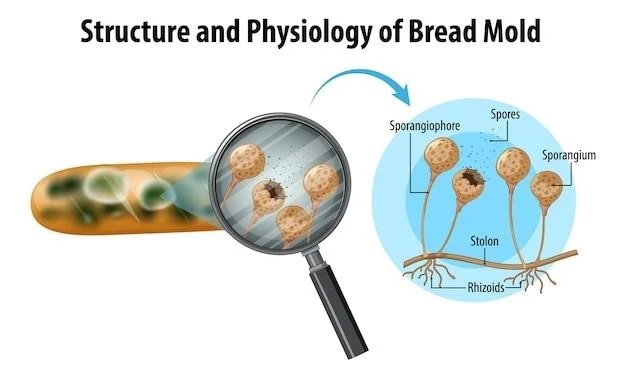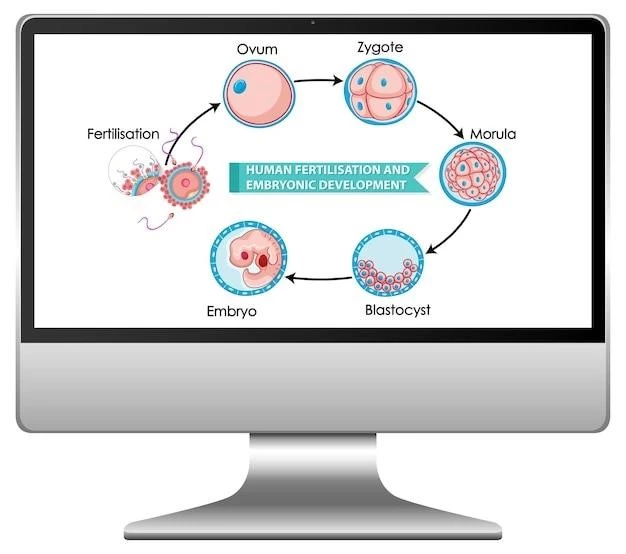Perniosis or chilblains are a localised form of vasculitis presenting with reddish purple bumps in reaction to cold exposure. Blistering and ulceration may occur. Chilblains is an inflammatory skin condition triggered by exposure to cold. It often manifests as erythematous lesions on acral skin.
Definition and Characteristics
The condition known as perniosis, or chilblains, is an inflammatory response of the skin typically triggered by cold exposure. It manifests as erythematous lesions, often affecting acral areas such as the fingers and toes. Individual lesions range from macules to nodules and may be accompanied by symptoms like itching, pain, and bluish discoloration. In severe cases, blistering, ulceration, and chronic forms of the condition can occur.

Causes and Risk Factors
Chilblains, also known as pernio or perniosis, are primarily caused by exposure to damp-cold environments. Individuals living in colder climates or those with genetic predispositions are more susceptible. Factors like vasoconstriction due to cold exposure, possible genetic predisposition, and underlying systemic diseases can contribute to the development of perniosis.
Cold Exposure and Vasculitis
Disease onset is typically associated with exposure to cold and damp conditions, which can lead to vasoconstriction and subsequent inflammation of the blood vessels, known as vasculitis. This response in susceptible individuals can result in the development of perniosis symptoms.
Symptoms and Clinical Presentation
Individuals with perniosis may experience symptoms such as erythematous lesions, pain, itching, and bluish discoloration, mainly affecting acral areas like the fingers and toes. In severe cases, blistering, ulceration, and chronic forms can also manifest.
Erythematous Lesions and Pain
Perniosis typically presents with erythematous lesions on the skin, primarily in acral areas like the fingers and toes. These lesions can be accompanied by symptoms such as pain, itching, and bluish discoloration, reflecting the inflammatory nature of the condition.
Diagnosis and Differential Diagnosis
Diagnosing perniosis involves clinical evaluation, taking into account symptoms like erythematous lesions, pain, and bluish discoloration. Differential diagnosis includes considering other conditions that present with similar skin manifestations, such as acrocyanosis or other forms of vasculitis.
Histological Findings and Biopsy
On histological examination of perniosis lesions, findings typically include a dense lymphocytic infiltrate in the superficial and deep layers of the skin, along with marked subepidermal edema. A key characteristic is the presence of a lymphocytic perivascular infiltrate, aiding in the diagnosis of perniosis.

Treatment and Management
Management of perniosis involves rewarming the affected areas, avoiding reexposure to cold, and monitoring for complications such as blistering. Additionally, symptomatic relief can be achieved through topical treatments and medications to alleviate pain.
Rewarming and Avoiding Reexposure
The primary approach to managing perniosis involves rewarming the affected areas gradually to alleviate symptoms and prevent tissue damage. Patients are advised to avoid further exposure to cold environments to prevent exacerbating the condition. Symptomatic relief can be achieved through appropriate rewarming techniques and the use of protective clothing in cold weather.
Complications and Prognosis
Complications of perniosis may include the formation of bullae (blisters) on the affected skin areas and the potential development of chronic forms of the condition. The prognosis is generally favorable with appropriate management and avoidance of reexposure to cold environments.
Bullae Formation and Chronic Forms
In some cases of perniosis, patients may develop bullae (blisters) on the affected skin areas, which can lead to further complications. Additionally, chronic forms of perniosis may persist over an extended period, requiring long-term management strategies to prevent recurrence and complications.
Prevention and Lifestyle Changes
Preventing perniosis involves wearing warm clothing, especially on extremities, and avoiding prolonged exposure to cold and damp environments. Lifestyle changes include staying dry and warm, using protective gear in cold weather, and consuming warm drinks while limiting caffeine, which may exacerbate symptoms.
Wearing Warm Clothing and Avoiding Caffeine
Preventive measures for perniosis include wearing warm clothing to protect against cold exposure, particularly on the extremities like fingers and toes. Additionally, individuals are advised to avoid caffeine consumption, as it can potentially exacerbate symptoms associated with the condition.
Research and Ongoing Studies
Ongoing research focuses on further understanding the pathophysiology of perniosis, exploring potential genetic associations, and evaluating new treatment modalities. Clinical trials and case studies are essential in advancing the knowledge and management strategies for this condition.
Clinical Trials and Case Studies
Current research efforts on perniosis include conducting clinical trials to evaluate the effectiveness of new treatment approaches and case studies to explore individual responses to existing therapies. These studies aim to enhance the understanding of perniosis management and potentially introduce innovative interventions for this condition.
